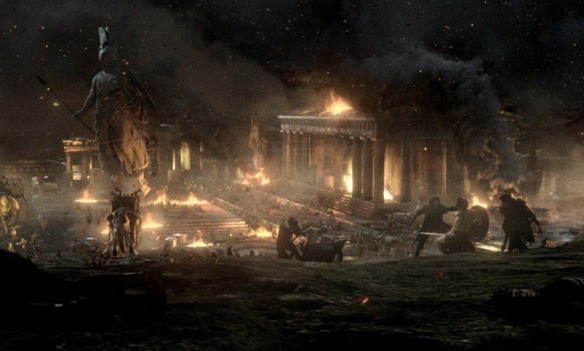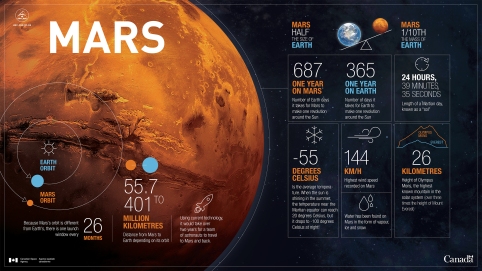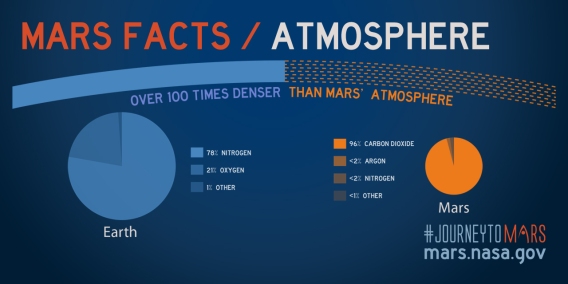Author, social philosopher, historian, and speaker Roman Krznaric is one of my most favorite writers. I have utilized much of his work in my blog-posts, especially his writing, theories, and organizations promoting a more significant, impactful life with friends, family, coworkers, and community. On Roman’s website he writes an intriguing, thought-provoking article about the modern signs of returning, rising city-states similar to that of 14th – 17th century Renaissance Era”s Venice and Florence, Italy. Are there more advantages than disadvantages to this possible/probable trend?
City-State vs. Nation-state
Britannica.com defines city-state as “a political system consisting of an independent city having sovereignty over contiguous territory and serving as a centre and leader of political, economic, and cultural life.” There is a large consensus that the term does apply to at least three different modern cities: Singapore, Monaco, and Vatican City. What distinguishes the three city-states comparatively are their higher degrees of sovereign autonomy.

Singapore is considered one of the most successful, happiest city-states in the world
A nation-state according to the Merriam-Webster dictionary is “a form of political organization under which a relatively homogeneous people inhabits a sovereign state; especially : a state containing one as opposed to several [ethnicities and] nationalities.” Naming examples of nation-states is not an exact science. It is hotly debated due to the many complexities that make up a nation or a state. Dr. Atul Kohli of Princeton University describes them as “Legitimate states that govern effectively and dynamic industrial economies are widely regarded today as the defining characteristics of a modern nation-state.” Perhaps what differentiates the nation-state from other forms of governing is to what degree it utilizes its complex social, cultural, and economic instruments in unison. Historically these factors morph and change, further fueling contrasting debates. For instance, does a culture of North and South or Confederacy/Union still exist today in the “nation-state” called United States? What does a current approval rating of only 17% for the U.S. Congress indicate?
John Fullerton, founder and president of Capital Institute and contributor to Huffington Post, explains our current nation-states this way:
Ideological rather than pragmatic, a political abstraction that has no grounding in the concrete reality of where and how we live and how life-supporting ecosystems function, the Nation State, together with its political party structure, is not well equipped for today’s most important globally interdependent challenges that cannot be solved through inter-State rivalries where self-interest and might rule the day.
The “City State” predates the Nation State; it endures. Rome is older than Italy, Alexandria is older than Egypt. Cities are expanding as we know. They are already home to more than half the world’s population, and 80% in the developed economies. They are home to 85% of the global economy (and associated greenhouse gas emissions) and much of the evolution of our culture. Like it or not, we have become an increasingly urban species. Visionaries like Jonathan Rose are showing the way to regenerative cities with his timely publication of A Well-Tempered City. At the same time, rural culture, small towns, and life-sustaining rural landscapes, historically understood as essential extensions of the City State, have never been more vital…
Film producer Sharon Chang is optimistic of a more pronounced city-state political, economic, and cultural movement that is more quickly in tune with its citizen’s needs and unleash their ingenuity.
Our political, educational, and industrial systems to date have been designed to operate with constraint rather than abundance. These systems encourage and reward behaviors defined by a zero-sum attitude. Even the most brilliant innovations have been limited within the mindset of arbitrary, war-born lines on centuries-old maps. For some reason, they’re untouchable. We’d never dare to think — let alone color — outside the lines.
[…]
When we put modern industry and technology into a new design of city-state, we cross-pollinate two extremely powerful concepts: exponential growth and diversity. We forge a path of least resistance to true abundance.
In Krznaric’s article The Return of the City State, he cites three contributing factors for the modern rise/need of the city-state. His last and most compelling factor is that nation-states are no longer well-structured for adaptability:
They have failed to deal effectively with issues arising from migration, climate change, wealth inequality and terrorism. This failure partly explains the declining faith in traditional political parties in many countries and in the value of democratic government itself. But it is also behind the rise of cities, which are much more effective at pragmatic problem-solving on issues ranging from flood management to dealing with increasing numbers of refugees.
These are all valid arguments for the removal or reduction of nation-states and the need for a modern return to city-states — that is “valid” in a perfect world of equality, extensive understanding, and overall peace.

Fall of Athens, 404 BCE
The Historical Record of City-States
Probably the most notable city-states in history were those of ancient Greece: Athens, Corinth, Sparta, and Thebes. Others were those of Mesoamerica: Chichen Itza, Copán, Monte Albán, Tikal, and then the cities, or metropoles, of Renaissance Italy like Florence, Genoa, Milan, Pisa, Venice and several others. Though it can be argued that these cities far outlasted their empires which surrounded them and subjugated them — several are still in existence today — they lacked the natural and human resources to defend themselves against large empires or nation-states. Almost every single historical city-state has fallen to mega-states or empires at least once, in certain cases several times.
If our modern world is to return to forms of city-states, hence allowing freer ingenuity and progress, yet weakening or hollowing out present nation-states, how do we avoid the envious big bullies around the corner or on the next continent? Do we make “unbreakable” alliances with all other progressive city-states around the globe to come quickly to our rescue if Goliath attacks? Is that even possible? Will there ever come a day when all imperialistic-minded, narcissistic megalomaniac males are extinct or psychologically pathologically reprogrammed and their potential gullible (like-minded?) masses or followers redirected?
As a diverse species, are we ready internationally for this sort of change or return to a much more localized form of mercantilism, culture, technology, and governing?
(paragraph break)
Live Well — Love Much — Laugh Often — Learn Always

This work by Professor Taboo is licensed under a Creative Commons Attribution-NonCommercial-NoDerivatives 4.0 International License.
Permissions beyond the scope of this license may be available at www.professortaboo.com/contact-me/.

 Professor T:
Professor T: